Charging Model
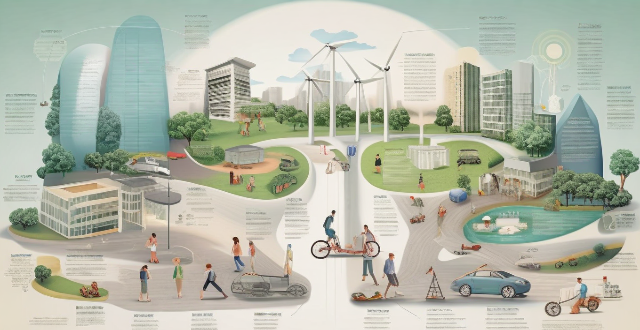
Is there a significant difference in fast charging performance between different iPhone models ?
The article discusses the differences in fast charging capabilities between various iPhone models. It mentions that iPhone 8 and later models support fast charging up to 18W using a compatible USB-C power adapter and Lightning to USB-C cable. The iPhone 11 Pro and iPhone 11 Pro Max can charge up to 18W with their included USB-C to Lightning Cable and Power Adapter. The iPhone 12 series introduces MagSafe wireless charging with up to 15W of power, while the iPhone 13 series maintains 18W wired charging and improves MagSafe wireless charging to up to 15W. The article also mentions that the iPhone 14 series is expected to support even faster charging speeds, potentially reaching 30W or higher. Overall, the article highlights the improvements in fast charging capabilities across different iPhone models.

Can I use a wireless charging pad for fast charging my iPhone ?
Can you use a wireless charging pad for fast charging your iPhone? Yes, but there are important considerations. First, ensure your iPhone model supports wireless charging (iPhone 8 and later). Second, choose a Qi-certified wireless charging pad that supports fast charging. While wireless fast charging isn't as fast as wired fast charging, it's still faster than traditional wireless charging. Follow the steps outlined to enjoy the convenience of wireless charging with relatively fast charging speeds for your iPhone.

How can I enable fast charging on my iPhone ?
Fast charging is a feature that allows your device to charge more quickly than traditional methods. If you have an iPhone 8 or later model, you can take advantage of fast charging by using a compatible charger and cable. Here's how to enable fast charging on your iPhone: Check compatibility, get the right charger and cable, plug in your iPhone, start charging, and enjoy faster charging times.

Will Apple's upcoming iPhone models support even faster charging solutions ?
The article discusses the possibility of Apple's upcoming iPhone models supporting faster charging solutions. It explains the current charging solutions used by Apple and compares them to competitors. Rumors about larger charging coils and improved heat dissipation mechanisms are also mentioned. The potential benefits of faster charging, such as reduced downtime and improved convenience, are discussed. However, challenges like battery health and heat management must be considered. The conclusion states that there is no official confirmation from Apple regarding faster charging solutions in its upcoming iPhone models, but rumors suggest that this feature is being considered.
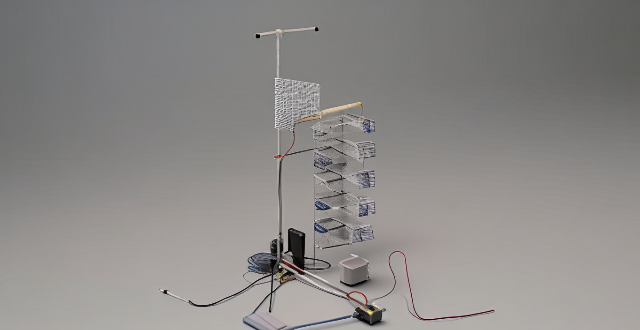
Are there any specific cables or adapters required for fast charging an iPhone ?
Fast charging an iPhone is convenient but requires specific components: a compatible model, USB-C to Lightning Cable, USB-C power adapter, and a reliable power source. Regular charging may be beneficial for maintaining battery health over time.

What are the best fast charging solutions for iPhones ?
The article discusses various fast charging solutions for iPhones, including Apple's official 18W USB-C Power Adapter and MagSafe Charger, as well as third-party options like Anker Nano II, Belkin Boost Charge Pro, and RAVPower 18W PD Pioneer. Tips for faster charging include using a USB-C to Lightning cable, avoiding wireless charging, turning off the iPhone or reducing screen brightness during charging, and choosing reliable and certified products to avoid damage or safety issues.

How often are climate model predictions updated ?
Climate model predictions are updated as new data becomes available and understanding of the climate system improves, with updates happening regularly. The updating process includes steps like data collection, model evaluation, parameter tuning, validation, publication, and feedback iteration.
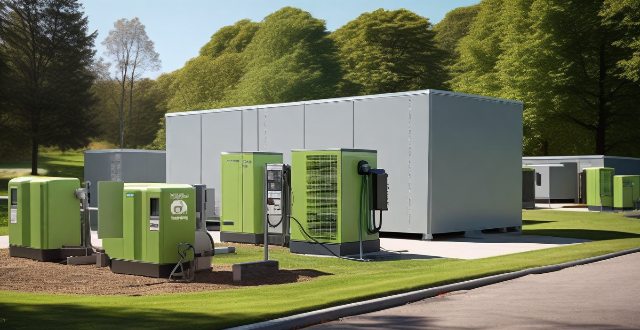
How do different types of charging stations (e.g., fast charging, slow charging) affect the overall network design ?
The impact of different types of charging stations on the overall network design can be seen in various aspects such as infrastructure, cost, energy consumption, and user experience. Fast charging requires higher power output and specialized equipment, leading to more expensive installation and maintenance costs and increased energy consumption. Slow charging has less stringent infrastructure requirements and is more cost-effective but may not meet the needs of users who require quick charges. The overall network design needs to consider these trade-offs and ensure that the grid remains stable and reliable while providing a good user experience for all types of charging needs.

Does the new iPhone model have a better camera than the previous model ?
The new iPhone model has a better camera than the previous model due to hardware improvements like a larger sensor, increased aperture, and improved optical image stabilization. Software enhancements such as Deep Fusion, enhanced Night mode, and improved Portrait mode also contribute to higher image quality. Sample photos show that the new model produces images with better detail, color accuracy, and dynamic range, especially in low-light situations. Upgrading to the latest iPhone model is recommended for those who prioritize having a high-quality camera on their smartphone.

How much faster is fast charging compared to regular charging on an iPhone ?
Fast charging on an iPhone is significantly faster than regular charging, saving time when quickly charging the device. However, frequent use of fast charging may impact battery health over time, so it's recommended to use it only when necessary and not as a regular charging method.

What are the current challenges faced by electric vehicle manufacturers ?
Electric vehicle manufacturers face challenges such as limited charging infrastructure, high battery costs, short driving range, slow charging times, limited model options, and regulatory hurdles. Addressing these issues is essential for the industry's growth and success.
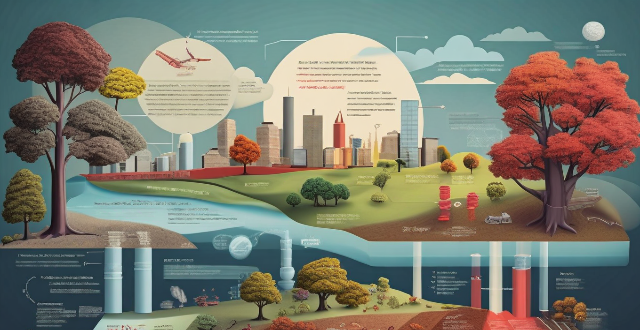
How do climate model predictions influence policy decisions ?
Climate model predictions significantly influence policy decisions on climate change by identifying risks, assessing mitigation measures, guiding long-term planning, and fostering international cooperation. These models simulate the Earth's climate system to predict future conditions, aiding in prioritizing actions, allocating resources, and evaluating intervention strategies. However, challenges like uncertainty, data quality, interpretation, and policy inertia must be addressed to ensure effective translation of scientific findings into actionable policies.
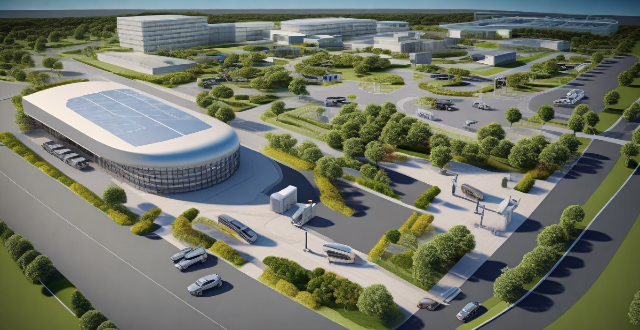
How does a super fast charging station work ?
Super fast charging stations rapidly charge electric vehicles (EVs) using complex technology involving multiple components. The power supply, charging equipment, and battery management system (BMS) are key elements in the process. The BMS monitors and controls the charging to ensure safety and efficiency. Challenges include potential impacts on battery health, infrastructure costs, and standardization issues across different EV models. As EV popularity increases, advancements in super fast charging technology will be vital for convenience and accessibility.

What is a climate model and how does it work ?
A climate model is a computational representation of the interactions between various components of the climate system, used by scientists to simulate and understand the behavior of the Earth's climate. It involves data collection, mathematical equations, numerical methods, computational simulation, and model evaluation and validation. There are several types of climate models, including atmospheric models, ocean models, coupled models, ice sheet models, and ecosystem models.
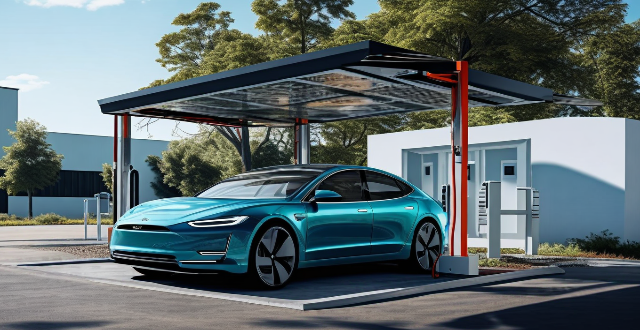
How do electric car charging stations work ?
Electric car charging stations are essential facilities for powering electric vehicles, utilizing off-board conductive charging to transfer electricity. They come in three main types based on power output and charging speed: Level 1 (slowest, using standard domestic sockets), Level 2 (faster, requiring special EV charging units), and DC Fast Charging (Level 3, fastest, primarily for highway use). The charging process involves connecting the charger, activating it, transferring power (AC for Level 1&2, DC for Level 3), regulating and monitoring battery charging, and disconnecting once complete. Safety features include GFCIs, temperature monitoring, and smart software. Environmental impact depends on the electricity source; green energy sources enhance sustainability, while fossil fuels reduce benefits. As technology advances, these stations will contribute more significantly to a cleaner transport sector.
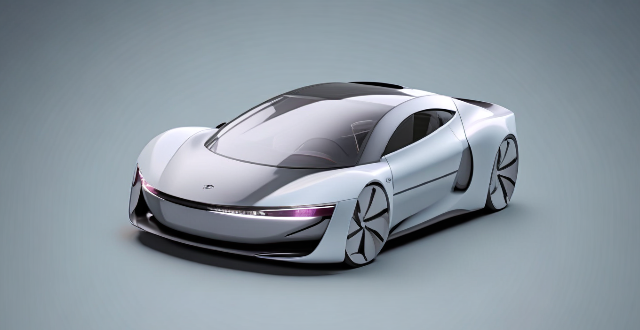
Can all electric vehicles use a super fast charging station ?
Electric vehicles (EVs) follow different charging standards and protocols that dictate the speed at which they can be charged. The type of battery technology used in an EV also affects its compatibility with super-fast charging, as some batteries may not be able to handle the high power output without damage or reduced lifespan. Manufacturers design their vehicles to work best with specific charging infrastructure, and not all EVs are equipped to take full advantage of super-fast charging. Safety concerns related to heat generation during super-fast charging must also be considered. Therefore, it is essential for EV owners to understand their vehicle's capabilities and limitations when it comes to charging options.

What are the benefits of using a super fast charging station ?
Using a super-fast charging station for electric vehicles offers benefits including time efficiency, convenience, battery health optimization, environmental considerations, economic benefits, and improved user experience. These charging stations enable rapid recharging, reduce range anxiety, optimize battery lifespan, support the use of renewable energy sources, lower operational costs, and provide peace of mind for EV drivers. As technology advances, further improvements in charging infrastructure are expected to enhance these advantages.

What are the limitations of climate model predictions ?
Climate models are valuable tools for predicting future climate patterns but come with limitations like uncertainty in initial conditions, emission scenarios, and natural variability. Complexities in model processes, spatial and temporal resolutions, computational constraints, feedback mechanisms, and the representation of human interactions add layers of uncertainty. Validation against historical data is imperfect, and ensemble methods help but do not eliminate all uncertainties. These limitations must be considered when interpreting model predictions to ensure informed decision-making regarding climate change strategies.

Are fast charging car chargers safe to use ?
Fast charging car chargers have raised safety concerns due to risks such as overheating, battery degradation, and electrical hazards. To ensure safe use, it is recommended to use approved chargers, follow manufacturer's guidelines, monitor charging temperatures, avoid overcharging, inspect wiring and connections, use a surge protector, and store the charger properly. By following these tips, the risks associated with fast charging can be minimized.

What factors affect the accuracy of climate model predictions ?
The accuracy of climate model predictions is influenced by various factors including data quality and availability, model complexity and resolution, initial conditions and parameterizations, natural variability and external forcing, and the use of model intercomparison and ensemble methods. High-quality, up-to-date data and comprehensive models that account for multiple physical processes and high-resolution details are crucial. Initial conditions, sub-grid scale process parameterizations, internal climate variability, and external forcing factors add layers of complexity and uncertainty. To mitigate these uncertainties, scientists employ intercomparison projects and ensemble forecasting techniques to assess model reliability and potential future climate scenarios.

How do super fast charging stations compare to traditional gas stations in terms of convenience and efficiency ?
Super fast charging stations offer greater convenience and efficiency compared to traditional gas stations. They are strategically located, offer faster charging speeds, provide multiple payment options, consume less energy, and have a lower environmental impact.

What are the challenges in building a nationwide charging network ?
**Summary:** Building a nationwide charging network for electric vehicles (EVs) presents several challenges that can be categorized into technical, infrastructure, financial, and social/environmental aspects. Technical challenges include ensuring scalability, compatibility, reliability, energy management, and fast charging capabilities. Infrastructure challenges involve achieving comprehensive coverage, site selection, infrastructure development, land use and zoning compliance, and maintenance operations. Financial challenges encompass high initial costs, return on investment, funding sources, pricing strategies, and economic viability assessment. Social and environmental challenges include gaining public acceptance, education and awareness, minimizing environmental impact, ensuring equitable access, and regulatory compliance. Addressing these challenges is crucial for the successful implementation and long-term success of a nationwide charging network for EVs.

How much does the new iPhone model cost ?
The new iPhone model's cost is influenced by storage, color, and carrier. Prices range from $699 for the 128GB iPhone 13 Mini to $1,599 for the 1TB iPhone 13 Pro Max. These prices are for base models without extras, and taxes/shipping may apply.

How do I make sure my downloaded wallpaper is compatible with my iPhone model ?
This guide provides steps to ensure downloaded wallpapers are compatible with specific iPhone models, including checking resolution and aspect ratio, using reliable sources, and testing on the device.

How can cities with limited space accommodate the construction of charging networks ?
In cities where space is scarce, building charging networks for EVs requires creative solutions. Public-private partnerships, smart urban design, and repurposing underutilized spaces are among the strategies that can help integrate charging infrastructure into compact city environments. Encouraging residential charging, investing in modular and mobile units, implementing digital management systems, and integrating charging infrastructure into public transit systems are also effective approaches. By employing these tactics, cities can create a robust charging network that supports electric vehicle adoption, even in densely populated areas with limited space.
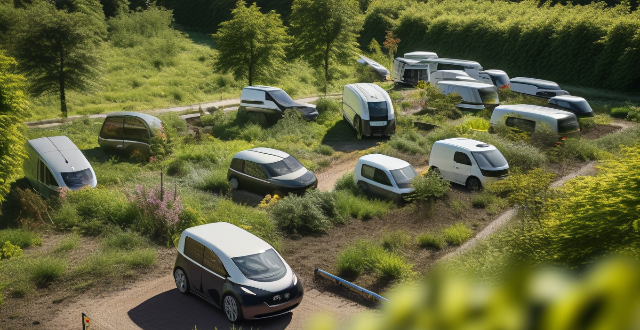
What role do private companies play in building and operating EV charging networks ?
Private companies play a pivotal role in the development and operation of electric vehicle (EV) charging networks, contributing to infrastructure development, network operation, partnerships and collaboration, and data analysis and optimization. They are involved in planning, design, construction, technology innovation, maintenance, management, customer service, pricing strategies, public-private partnerships, industry alliances, community engagement, performance tracking, and market research. Their efforts ensure that EV charging infrastructure is developed efficiently, innovatively, and with the end-user in mind.

What are the implications of inaccurate climate model predictions ?
Inaccurate climate model predictions can have far-reaching implications, affecting various aspects of our lives and the environment. This article will discuss the potential consequences of these inaccuracies and highlight the importance of accurate climate modeling. Misallocation of resources, loss of biodiversity, and increased greenhouse gas emissions are some environmental impacts. Economic implications include costly mitigation strategies, loss of revenue, and uncertainty in investment decisions. Social and health impacts involve displacement and migration, public health risks, and food security threats. Policy implications include weakened climate policy, international relations, and legal challenges. Accurate climate model predictions are crucial for effective environmental management, economic planning, social welfare, and policy development.

What factors should be considered when planning the location of charging stations ?
When planning the location of charging stations, several factors must be considered to ensure their effectiveness and accessibility. These factors include demand analysis, geographic considerations, infrastructure availability, economic factors, environmental impact, user experience, and technology advancements. By considering these factors, planners can ensure that charging stations are strategically located to meet the needs of electric vehicle owners while also considering economic, environmental, and societal impacts.

Are there any safety concerns with using a super fast charging station ?
The text discusses the safety concerns associated with using a super fast charging station, such as potential damage to the battery and risk of overheating. It also highlights other safety concerns like electrical shock, poor quality chargers, and overcharging. The text emphasizes the importance of taking proper precautions and following safety guidelines to minimize these risks.
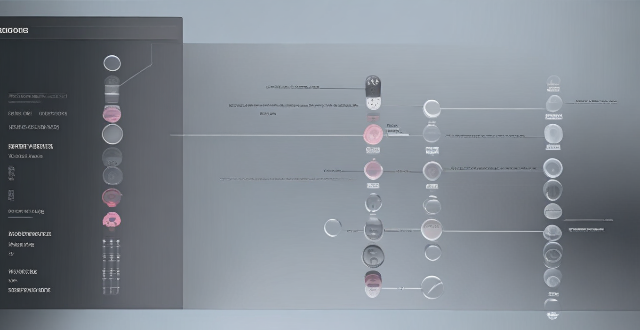
Can I use any screen protector for my iPhone model or are they specific ?
Screen protectors are indeed specific to each iPhone model due to differences in size, shape, and design elements such as notches or camera cutouts. To choose the right screen protector for your iPhone model, check compatibility, consider quality and material, look for reviews and ratings, check the installation method, and look for a warranty or return policy.